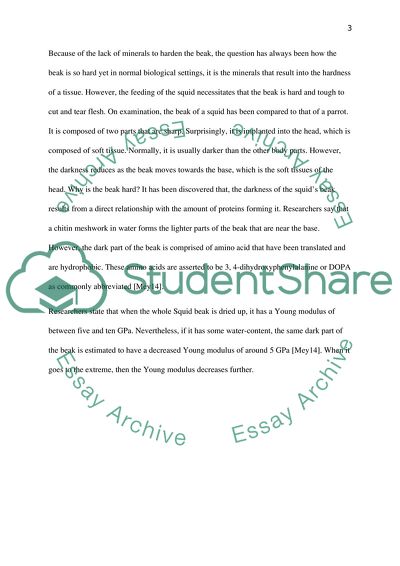Cite this document
(Material in Squid Beak and Abrasion Resistance Literature review, n.d.)
Material in Squid Beak and Abrasion Resistance Literature review. https://studentshare.org/biology/1863543-material-in-squid-beak-and-abrasion-resistance
Material in Squid Beak and Abrasion Resistance Literature review. https://studentshare.org/biology/1863543-material-in-squid-beak-and-abrasion-resistance
(Material in Squid Beak and Abrasion Resistance Literature Review)
Material in Squid Beak and Abrasion Resistance Literature Review. https://studentshare.org/biology/1863543-material-in-squid-beak-and-abrasion-resistance.
Material in Squid Beak and Abrasion Resistance Literature Review. https://studentshare.org/biology/1863543-material-in-squid-beak-and-abrasion-resistance.
“Material in Squid Beak and Abrasion Resistance Literature Review”. https://studentshare.org/biology/1863543-material-in-squid-beak-and-abrasion-resistance.


